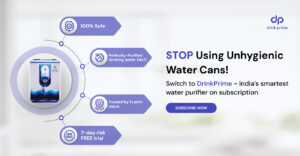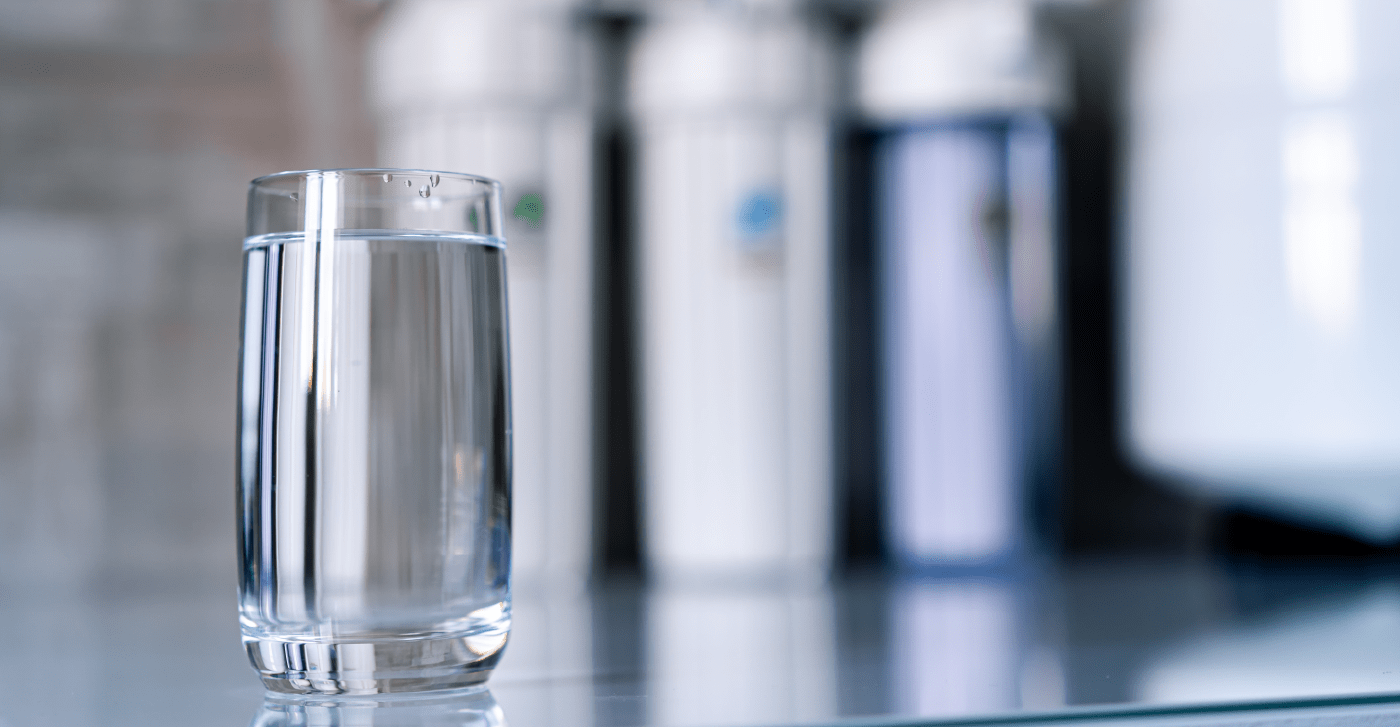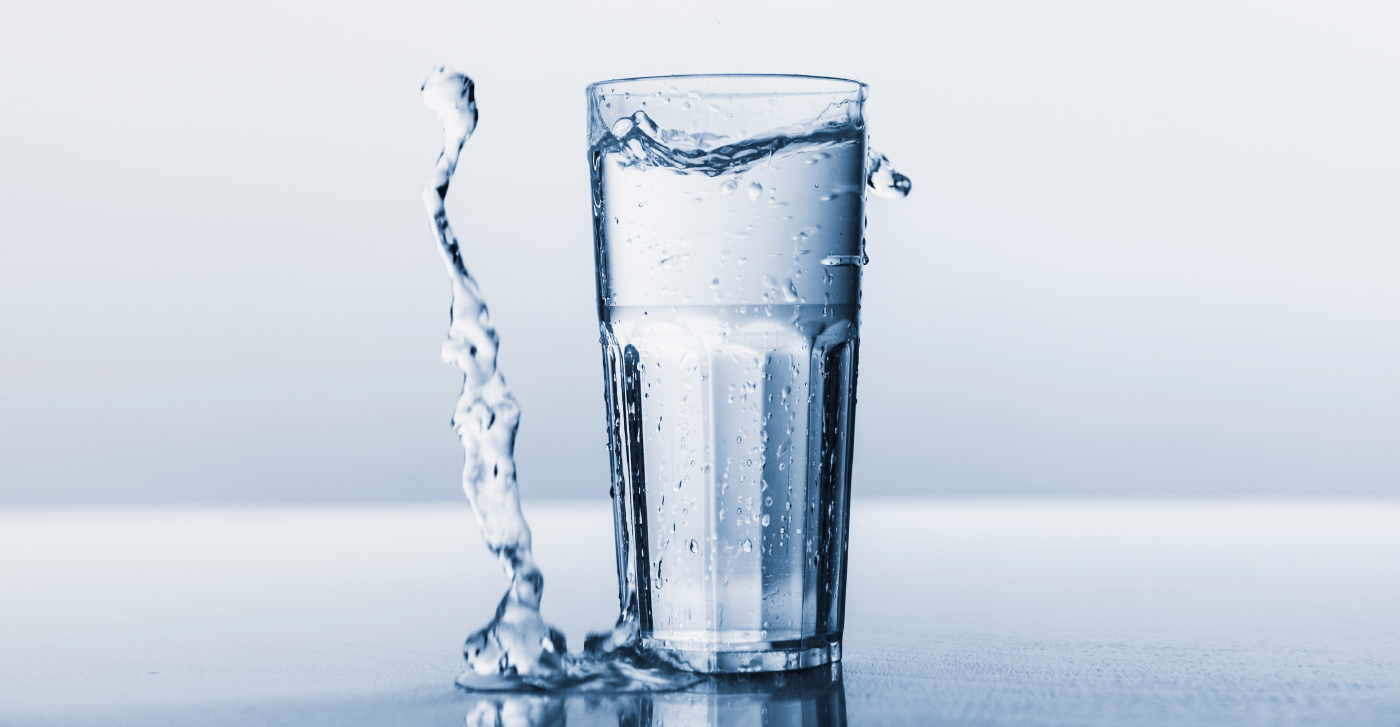Microplastics are really small bits of plastic, less than 5 millimeters in size, and they’re causing big problems worldwide. People are worried because these tiny plastic pieces are everywhere, and they can harm the environment a lot. They usually come from breaking down bigger plastic things or tiny beads in things like soap.
The big deal about dealing with microplastics is that they’re all over the place – in oceans, rivers, and even in the air. They can hurt marine animals, wildlife, and nature. Plus, there’s a chance they might be bad for people if we accidentally eat them.
To fix this, it’s super important to take the necessary steps to reduce microplastics. We need to make rules about how much plastic we generate, get better at throwing away our trash, and find other ways to do things that are kinder to the planet. If we can figure out where these tiny plastics come from and stop them from getting into the environment, we’ll be making the Earth a healthier place to live for everyone.
Significance of microplastics
Microplastics are tiny plastic particles smaller than five millimeters that have become a big problem because they are everywhere and harm the environment, animals, and people. These small particles are a threat to ecosystems and biodiversity as they end up in both land and water.
1. Impact on soil
In soil, they can mess up the balance of nutrients, soil structure, and plant growth. In water, they gather and harm marine and freshwater environments, affecting the health of various creatures in the food chain.
2. Impact on marine animals
The impact on animals, especially in the sea, is a major concern. Fish and other marine life often eat microplastics, mistaking them for food. This can hurt them physically, cause blockages inside their bodies, and transfer harmful chemicals up the food chain. Birds and land animals also suffer from the effects of microplastics, affecting how they reproduce, and behave, and the overall health of their populations. Because these tiny plastic bits stay in the environment for a long time, they can cause big problems, leading to the loss of different species and damage to ecosystems.
3. Impact on human health
Microplastics are not just bad for the environment; they also pose risks to human health. Studies have found them in our food and drinking water, raising concerns about the potential harm they might cause. Although we are still learning about how much risk there is, there are worries about harmful chemicals and toxins from microplastics getting into our bodies and causing issues like inflammation, organ damage, and disruptions to our hormones.
4. What can be done?
To tackle the microplastics problem, it’s crucial not only to reduce their impact on the environment and animals but also to adopt more sustainable practices. This includes encouraging responsible consumption, recycling, and creating alternatives that are better for the environment. By doing this, we can lower the amount of microplastics released into the environment, contributing to a lifestyle that is more mindful of our planet.
Benefits of reducing microplastics
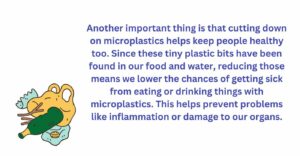
Reducing tiny bits of plastic, called microplastics, is super important for keeping our environment, animals, and people healthy.
1. Taking Care of Nature
One big benefit is that it helps keep our outdoor places safe and sound. Microplastics can mess up how nutrients work in the ground and how plants grow. When we reduce microplastics, we can make sure our land and water stay healthy for animals and plants.
2. Saving Different Animals
Microplastics can be bad for animals, from tiny ones in the water to big predators. When we cut down on microplastics, we protect these animals from getting hurt or eating harmful things. This helps keep all kinds of animals safe and saves different species from being in danger.
3. Helping Animals Stay Healthy
Getting rid of microplastics is directly linked to making sure animals like fish, birds, and land animals stay healthy. They’re less likely to get sick from eating or having problems with these tiny plastic bits in their homes. This is important for keeping nature in balance and making sure animals have good places to live.
4. Keeping People Healthy
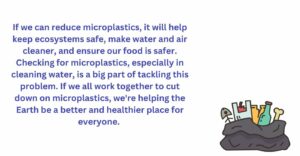
Another important thing is that cutting down on microplastics helps keep people healthy too. Since these tiny plastic bits have been found in our food and water, reducing those means we lower the chances of getting sick from eating or drinking things with microplastics. This helps prevent problems like inflammation or damage to our organs.
5. Doing Things the Right Way
When we work on reducing microplastics, we also encourage doing things in a way that’s good for the Earth. This means using less plastic, recycling, and finding ways to be kinder to our planet. By doing these things, we not only stop the spread of microplastics but also help everyone move towards a way of living that takes care of our environment.
Significance of microplastic testing water purification
Testing for microplastics in water purification is very important to make sure the water we drink is clean, safe, and healthy. Because water sources are getting more polluted with tiny plastic particles, doing thorough testing is crucial for a few reasons.
Firstly, making sure the water is of good quality is super important in the water purification process. Testing for microplastics helps water treatment plants check if their methods are working well, so the water they give us meets the standards for being safe to drink.
Secondly, testing for microplastics helps keep an eye on the environment. By finding out how much of these tiny plastic bits are in water sources, people in charge can understand how polluted it is and take steps to keep water and the living things in it safe.
Thirdly, following rules is a big reason for testing microplastics. As people get more worried about how microplastics can affect our health and the environment, there might be rules about how much is allowed in drinking water. Doing lots of testing makes sure water treatment places follow these rules, making sure they keep us safe.
Get 7 Days Risk Free Trial
Conclusion
To sum up, it’s crucial to do things now to lessen the impact of microplastics on the environment. If we can reduce them, it will help keep ecosystems safe, make water and air cleaner, and ensure our food is safer. Checking for microplastics, especially in cleaning water, is a big part of tackling this problem. If we all work together to cut down on microplastics, we’re helping the Earth be a better and healthier place for everyone.

